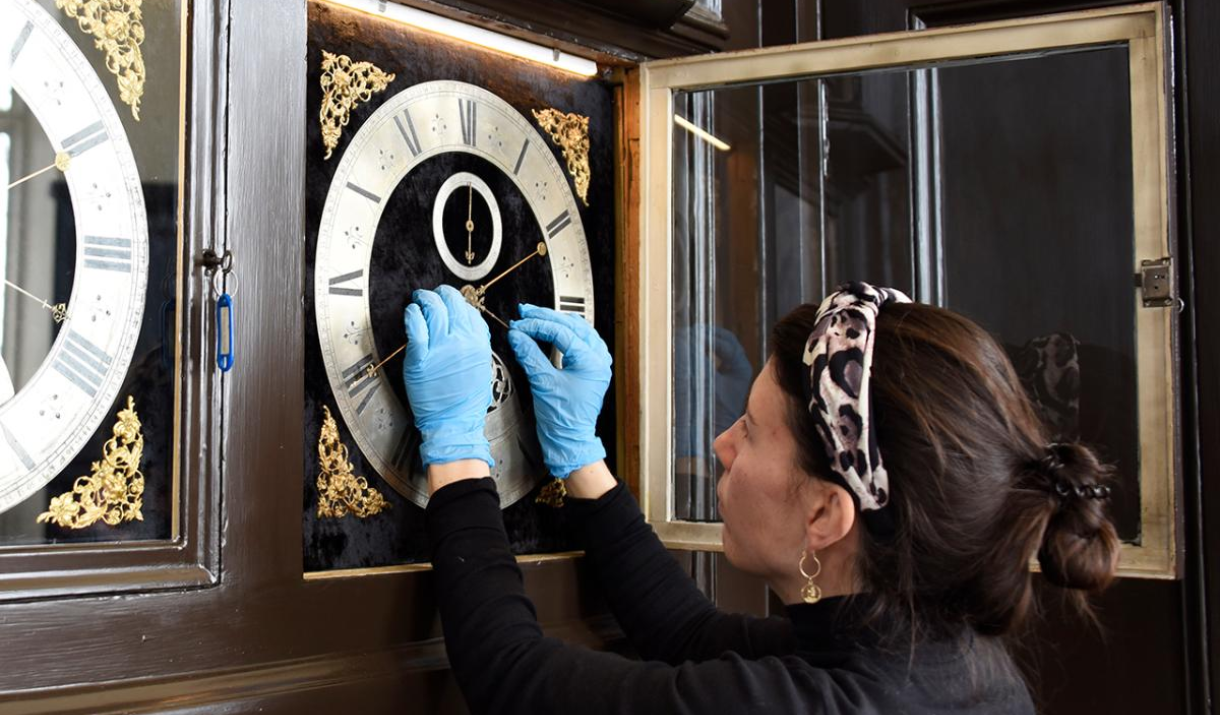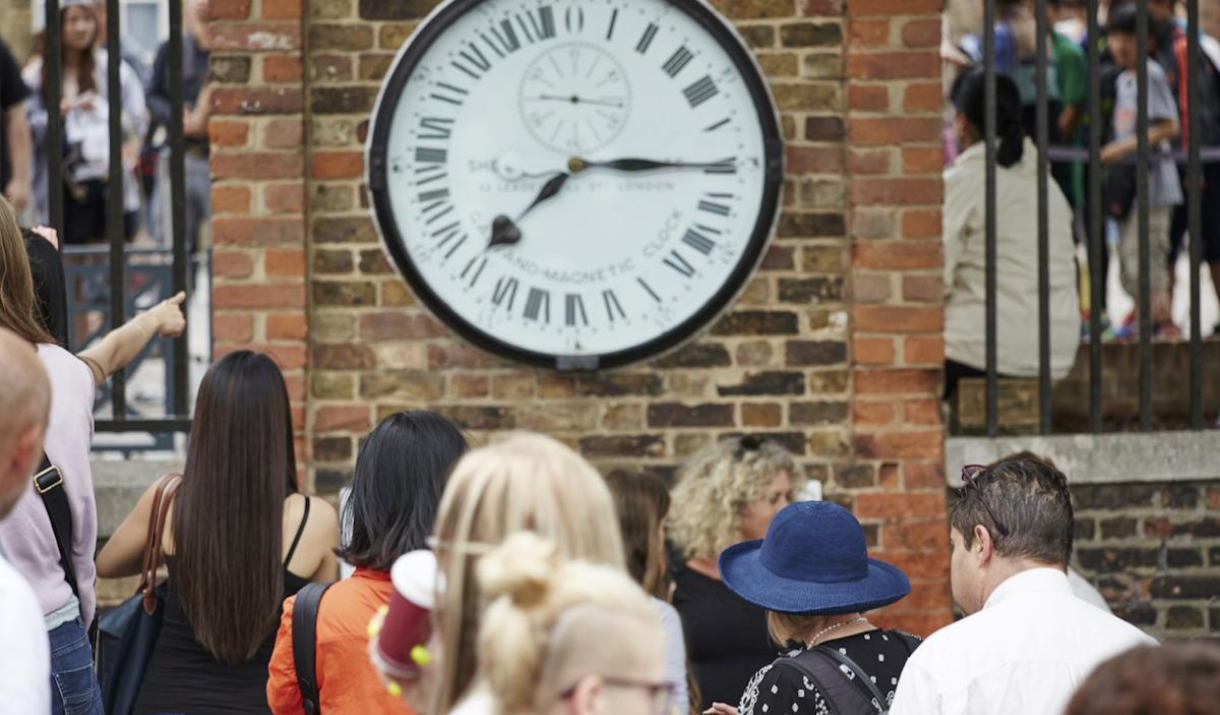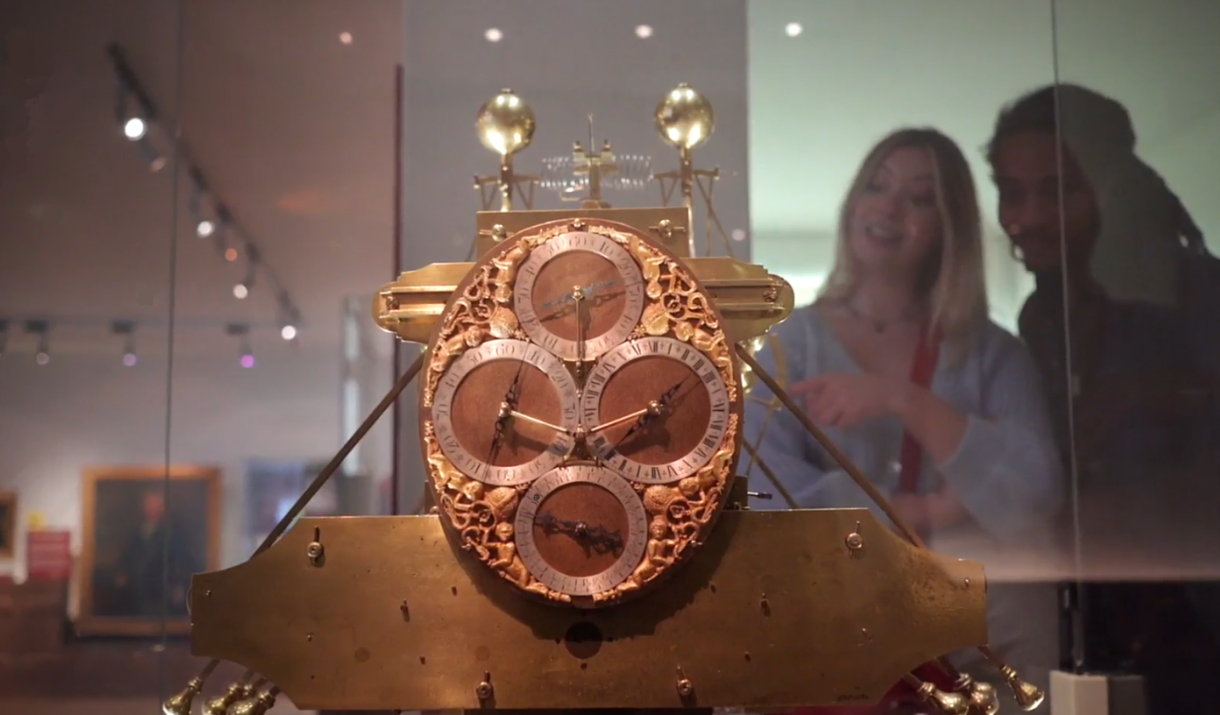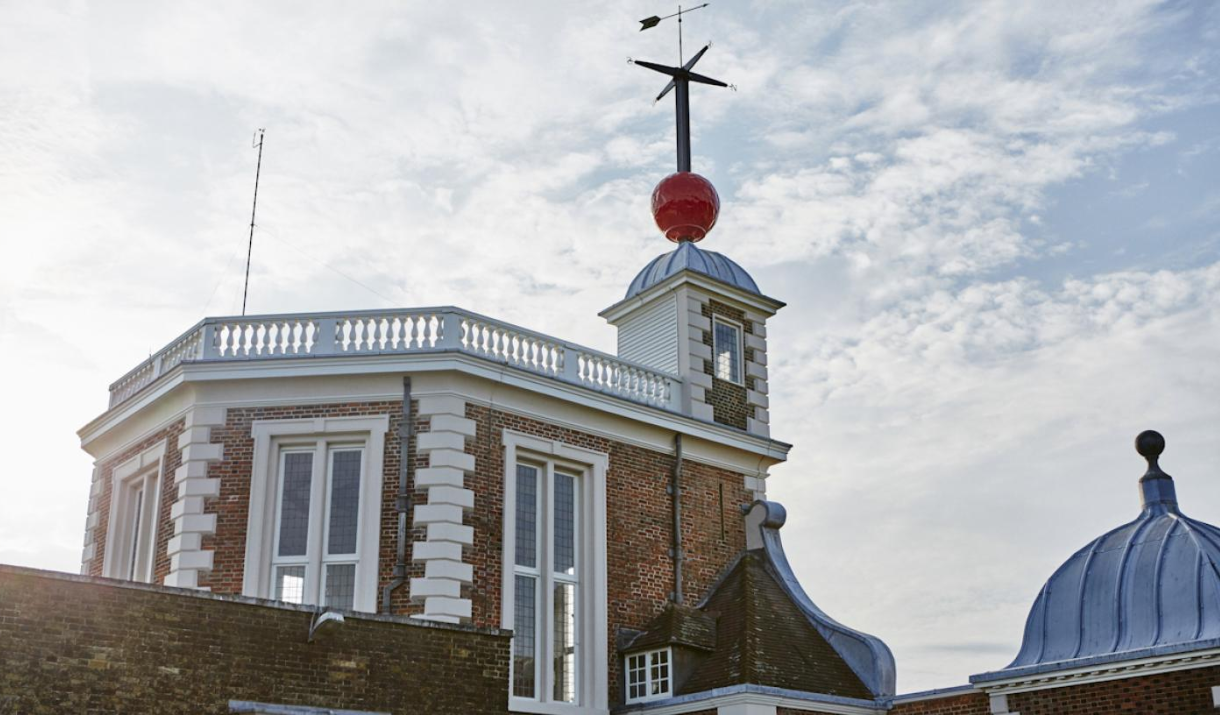
British Summer Time (BST), a measure designed to make the most of daylight during the northern summer, was first introduced in 1916. Picking up on an idea usually attributed to American polymath and printer Benjamin Franklin in 1784, 18th and 19th century campaigners argued that moving the clocks forward would help the nation capitalise on natural light and save energy. Its eventual introduction is thanks to campaigner William Willett, an active equestrian who wanted longer, light-filled evenings in which to play golf. In his self-published 1907 pamphlet ‘The Waste of Daylight’, Willett argued that daylight savings would increase national productivity while decreasing energy consumption and railway accidents. Sadly, he died in 1915 – only a year before his campaign bore fruit.

Since BST was first introduced to meet the demands of WWI, it has taken on different forms. WWII, for example, saw the clocks go forward two hours for ‘Double Summer Time’. Between 1968 and 1971, the clocks never reverted to Greenwich Mean Time, as perennial Summer Time was trialled across the UK. Finally, the 1972 British Summer Time Act stipulated the clocks be put forward by one hour on the last Sunday of March, and back again on the last Sunday of October.

Throughout its history, BST has provoked divergent responses. Some argue for a return to Double Summer Time or permanent Summer Time, while others have raised concerns about schoolchildren in the far north of Scotland being obliged to go to school in the dark.

To learn more about the history of BST, visit the home of time - the Royal Observatory - right here in Greenwich. Stand on the historic Meridian Line, see John Harrison's ground-breaking timekeepers and witness one of the world's earliest public time signals, the Greenwich Time Ball.
Related
Comments
Nikaa Haris I love gambling, and everything after I saw royal panda casino review 2023 in Canada Everything is so accessible, I think now I will have the opportunity to play and win for real money https://socanadiancasino.com/casino-reviews/20bet/ I love watching reviews like this, which so fully convey the essence of the game. Nikaa Haris I love gambling, and everything after I saw royal panda casino review 2023 in Canada Everything is so accessible, I think now I will have the opportunity to play and win for real money https://socanadiancasino.com/casino-reviews/20bet/ I love watching reviews like this, which so fully convey the essence of the game. elsarus https://poppy-playtime.pro a horror game with puzzle elements, which has made a name for itself since desktop computers. The game tells the story of an abandoned children's toy factory, you will be in the role of a former employee controlling in first person to discover the truth about the mysterious disappearance of all its employees. As you make your way through the working rooms you may suddenly lose power, restore power as soon as possible so you won't be discovered by Huggy Wuggy.
Comments are disabled for this post.



 to add an item to your Itinerary basket.
to add an item to your Itinerary basket.


